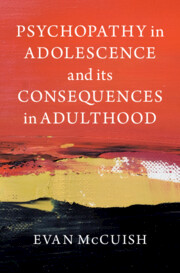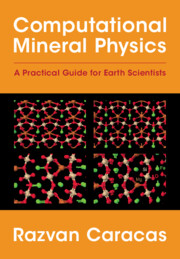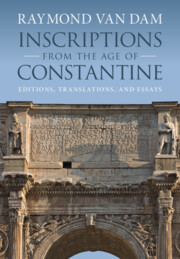Refine listing
Actions for selected content:
1299955 results in Books

The Cambridge Companion to Walter Pater
- Coming soon
-
- Expected online publication date:
- March 2026
- Print publication:
- 31 March 2026
-
- Book
- Export citation

European Constitutionalism the Other Way Round
- From the Periphery to the Centre
- Coming soon
-
- Expected online publication date:
- March 2026
- Print publication:
- 31 March 2026
-
- Book
- Export citation

The Cambridge Handbook of Victim Engagement in Transitional Justice
- Coming soon
-
- Expected online publication date:
- March 2026
- Print publication:
- 28 February 2026
-
- Book
- Export citation

The New Cambridge History of the English Language
- North America and the Caribbean
- Coming soon
-
- Expected online publication date:
- March 2026
- Print publication:
- 31 March 2026
-
- Book
- Export citation
An Unholy Pedagogy
- Visions of Learning from Mesoamerica, 1300-1650
- Coming soon
-
- Expected online publication date:
- March 2026
- Print publication:
- 31 March 2026
-
- Book
- Export citation

Resampling Asset Prices
- An Identity-Based Approach
- Coming soon
-
- Expected online publication date:
- March 2026
- Print publication:
- 31 March 2026
-
- Element
- Export citation

A Concise History of Ireland
- Coming soon
-
- Expected online publication date:
- March 2026
- Print publication:
- 31 March 2026
-
- Book
- Export citation

Making News in Renaissance Europe
- Coming soon
-
- Expected online publication date:
- March 2026
- Print publication:
- 31 March 2026
-
- Element
- Export citation
Materials Management
- Coming soon
-
- Expected online publication date:
- February 2026
- Print publication:
- 31 March 2026
-
- Textbook
- Export citation

Hegel's Inversion of Philosophy
- The Metaphysics of the Made
- Coming soon
-
- Expected online publication date:
- February 2026
- Print publication:
- 28 February 2026
-
- Book
- Export citation
Illiberal Law and Development
- Property Rights and Conflict Over Land in China
- Coming soon
-
- Expected online publication date:
- February 2026
- Print publication:
- 28 February 2026
-
- Book
- Export citation

Psychopathy in Adolescence and its Consequences in Adulthood
- Coming soon
-
- Expected online publication date:
- February 2026
- Print publication:
- 28 February 2026
-
- Book
- Export citation

The Cambridge Companion to World Trade Law
- Coming soon
-
- Expected online publication date:
- February 2026
- Print publication:
- 28 February 2026
-
- Book
- Export citation
Optimizing Decision Trees for the Analysis of World Englishes and Sociolinguistic Data
- Coming soon
-
- Expected online publication date:
- February 2026
- Print publication:
- 28 February 2026
-
- Element
- Export citation

Computational Mineral Physics
- A Practical Guide for Earth Scientists
- Coming soon
-
- Expected online publication date:
- February 2026
- Print publication:
- 28 February 2026
-
- Book
- Export citation

The Life of Form
- Anthropology, Wittgenstein, and the Problem of Context
- Coming soon
-
- Expected online publication date:
- February 2026
- Print publication:
- 28 February 2026
-
- Book
- Export citation

Reading Biblical Greek
- A Graded Reader for Beginners
- Coming soon
-
- Expected online publication date:
- February 2026
- Print publication:
- 28 February 2026
-
- Textbook
- Export citation

Inscriptions from the Age of Constantine
- Editions, Translations, and Essays
- Coming soon
-
- Expected online publication date:
- February 2026
- Print publication:
- 28 February 2026
-
- Book
- Export citation

Galen: Writings on Plato's Timaeus
- Compendium of Plato's Timaeus; Commentary on the Medical Statements in Plato's Timaeus
- Coming soon
-
- Expected online publication date:
- February 2026
- Print publication:
- 28 February 2026
-
- Book
- Export citation

Religion in Irish Literature and Culture
- Coming soon
-
- Expected online publication date:
- February 2026
- Print publication:
- 28 February 2026
-
- Book
- Export citation
